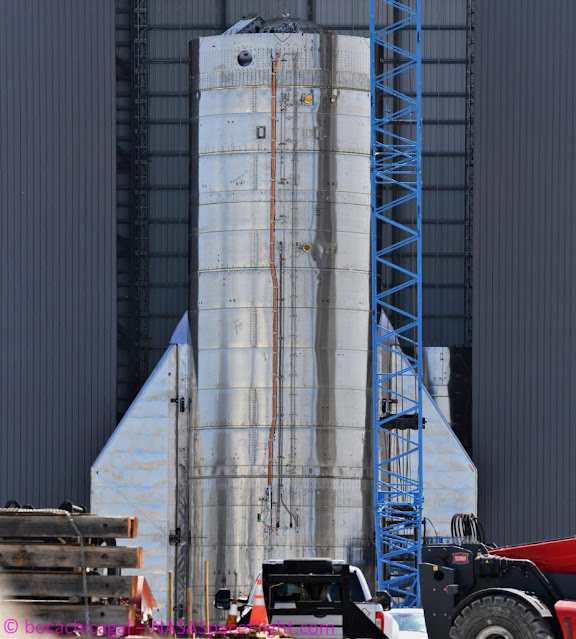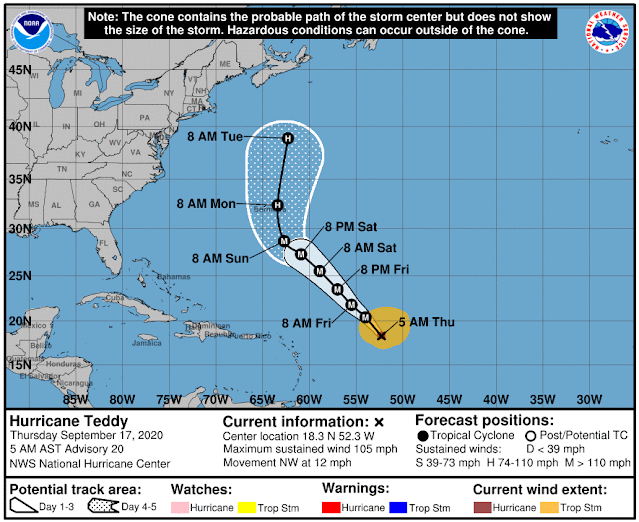While the temptation to wax eloquent over the Notorious RBG is at least as tempting as jumping headlong into a patch of poison ivy, growing in a fire ant mound, while nekkid, I have other things on my mind. After watching or reading someone's take on the new environment we find ourselves in, I find myself trapped in the morass of looking into self defense/concealed carry insurance policies.
You might expect there to be a spreadsheet involved, and there should be. I just haven't progressed to that point because it's not even clear enough to me how to compare some of the plans.
Let me give a short summary of what I've found, and if any of you have worthwhile input, please fire away in the comments! Same goes for if you know of options I don't have here. With any luck, this might prove to be helpful to others.
To begin with, there seems to be a couple of approaches to the whole business. One appears more like conventional insurance; they have a list of benefits and expense amounts that they'll cover up to like you might read in your medical insurance plan. The example that I found first is Second Call Defense - as in the number you call after you call 911. They plainly list out coverages, like this:
Immediate Cash for Bond up to $5,000*
Immediate Attorney Retainer up to $5,000
Aftermath Site Clean-up up to $1,000
...
Legal Protection - Criminal
Criminal Defense Protection up to $50,000
...
Legal Defense & Indemnity - Civil
Accidental Shooting Protection up to $50,000
Civil Suit Defense Protection up to $500,000
Civil Suit Damages Protection up to $50,000
That's a snippet, not everything they say. There are different levels of protection for differing premiums. I don't see anything about a deductible, but I see those limits as hard numbers. Say you end up getting charged in a criminal case: they'll pay a retainer to an attorney of up to $5,000 and the most they'll pay for your defense is $50,000. If your defense costs add up to $75,000, the other $25k is out of your pocket.
The larger number of plans (at least, plans I've found so far) aren't insurance and don't list maximums they'll cover. The big names are probably CCWSafe and the Armed Citizens' Legal Defense Network. CCWSafe is endorsed by Andrew Branca of The Law of Self Defense and probably best known for his book by the same name. CCWSafe's website includes this note in the description of their various plans:
Note that our company is a legal service subscription plan - not an
insurance company - and we are therefore not bound to conflicts and
issues related to insurance company products. CCW Safe is designed to
indemnify the expenses arising from a covered incident, regardless of
the final trial outcome.
Their description of coverage says things like:
- Access to our 24-hour Emergency Hotline
- Critical Response Team onsite response
- Bail coverage to $500K
- Vetting of attorneys by National Trial Counsel
- Unlimited attorney fees covered upfront
- Unlimited investigation fees covered upfront
- Unlimited expert witness fees covered upfront
Again, just a snippet.
Just as CCWSafe is associated with giant legal name, the Armed Citizens' Legal Defense Network (ACLDN) is associated with Marty Hayes. They appear to be run by a board consisting of recognized leaders in self-defense training including Massad Ayoob, and John Farnam.
Like CCWSafe, they say they're not an insurance company, but it's difficult to see exactly what you get for your annual membership. Yes, they'll help with bail; yes, they'll set you up with a network attorney, and so on, but they're not relatively simple direct statements like CCWSafe's.
If you read here regularly, you've probably seen in the right column that I'm a long time member of Florida Carry, a group dedicated to lobbying and trying to influence the state legislature to do the right things. Florida Carry recommends U.S. LawShield. They appear to be a network of attorneys, and I find it difficult to find what their benefits are, too. Their website simply says:
- 24/7/365 Attorney-Answered Emergency Hotline
- Unlimited civil & criminal defense litigation coverage
- Coverage for all legal weapons
They won't tell me more if I don't register on the website, and I object to that.
Finally, there is a program from the US Concealed Carry Association (USCCA), called SHIELD. They have several levels of program for presumably increasing premiums/costs: Gold, Platinum, and Elite. For example their lowest level lists these benefits:
- $100,000 in Self-Defense SHIELD protection for criminal defense, bail bond funding and attorney retainer
- $500,000 in Self-Defense SHIELD protection for civil defense and damages
- Retain your existing criminal defense attorney or choose one from the USCCA Attorney Network
- Protection following the self-defense use of all legal weapons of opportunity
- Up-front funding for criminal defense and bail bonds
- 24/7/365 access to the USCCA Critical Response Team hotline
While I'm not a member of USCCA and this is just a gut feel, I've always gotten the impression that this insurance is one of a couple of their reasons for being. They regularly have gun giveaway contests to pad their mailing list and I unsubscribed to reduce the amount of SPAM I get every day.
All of them emphasize education and training. All of them have some training-related benefits in their coverages including books, videos, podcasts, seminars and more.
What say? There will be a spreadsheet, and I promise to post it.
My summer, shorts-and-fishing shirt carry Sig P238.























